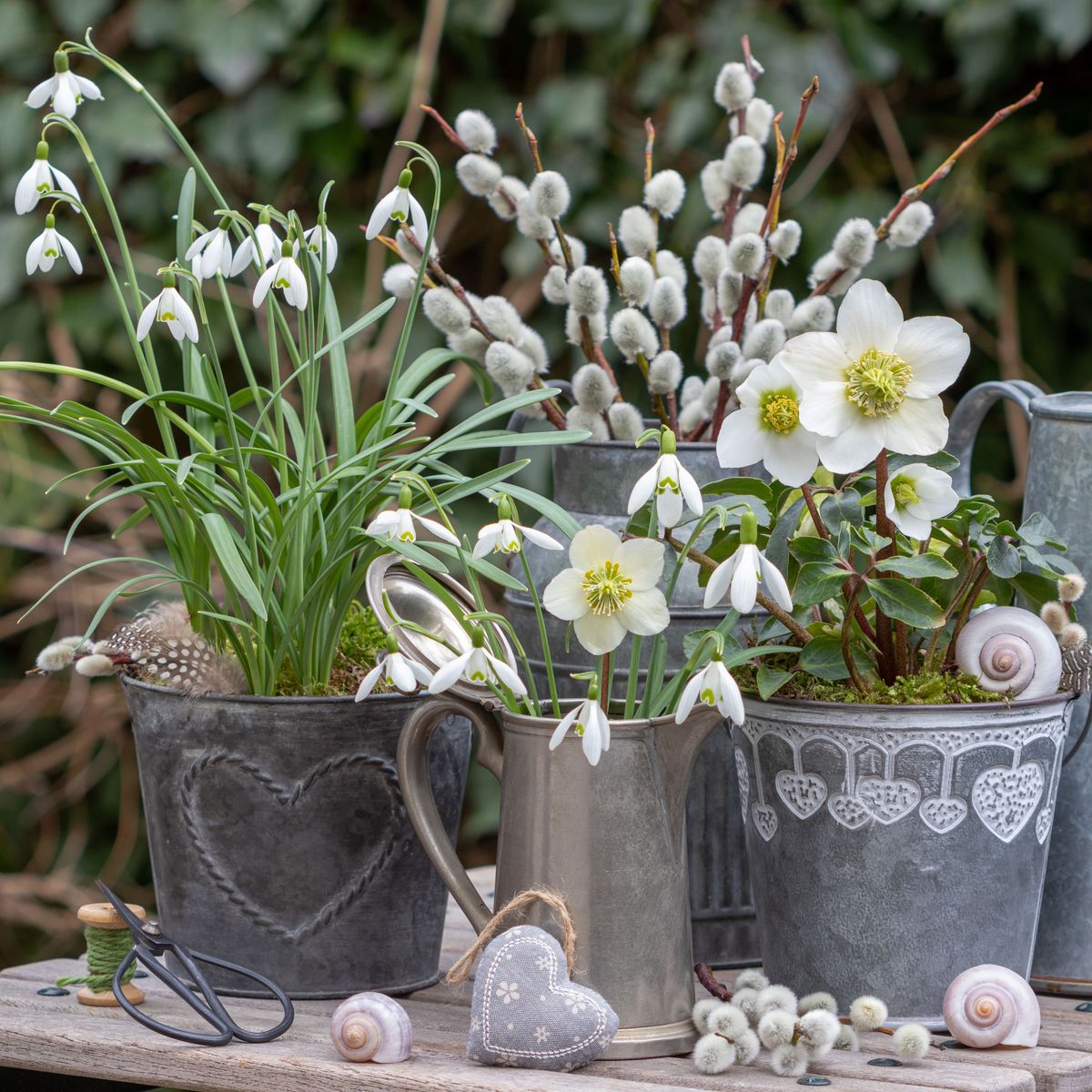Philodendrons are not only the second largest genus in the Araceae family, but they’re also one of the most popular among houseplant enthusiasts.
One popular species of Philodendrons that can be tough to find on the market is Philodendron mexicanum (fil-oh-DEN-dron meks-sih-KAY-num), a wonderful perennial that originated in Chiapas, México but found throughout Central America and as far south as Columbia.
The plant is commonly referred to as Mexican philodendron, Méxican philodendron, and erroneously as Philodendron latisagittum.
Méxican Philodendron Care
Size & Growth
This is a fast grower, reaching its maximum indoor height of 6.5’ to 7′ feet tall in only two years when given proper support and a little higher when grown outdoors.
Of course, the real draw is the foliage, with leaves that change as they mature and can reach a length of 2′ feet and width of 1′ foot at maturity.
The leaves begin their life in a more lanceolate or oval shape with a glossy, light green hue.
As they grow older, the leaves widen at the base, and the color darkens.
The leaves have become tri-lobed and are a leathery, glossy dark green by maturity.
The shape is often compared to floppy dog ears, and the undersides are an attractive dark magenta to maroon color.
Flowering And Fragrance
As with other philodendrons, this species rarely blooms indoors, and the inflorescence is generally unremarkable.
The inflorescence itself has small green spathes and a white spadix with a ruby red center and flowers that are general y too small to be identified by the naked eye.
The Missouri Botanical Garden once reported they were able to get a cultivated collection to bloom twice in one year, once in March and again in October.
However, even if you are growing the plant under tightly controlled conditions, you will likely only get it to bloom once between February and May.
Light & Temperature
As with all aroids, Mexican philodendron is adapted to live under a forest canopy and will scorch easily in the harsh midday sun.
As a result, you will want to keep it in bright, indirect sunlight, which can include:
- Placement near a south-facing window where the light won’t directly hit it
- Placement at a sunny window that has a sheer curtain to filter light
- Across from a window that gets whole morning sun but afternoon shade
- Across from a window that gets full evening sun but afternoon shade.
- A garden spot with dappled light
Normal household humidity levels of 40% to 60% will work well for this plant. However, it can handle levels as low as 20% percent or as high as 80% percent (while it can control much higher levels, this is not recommended due to the increased risk of fungal infections).
You can use a pebble tray to augment the plant’s humidity or group it with other plants.
If you choose to use a humidifier, aim for a 24 to 24% percent daytime humidity range and a 60% to 80% percent nighttime humidity range.
This species can be grown outdoors in USDA hardiness zones 9b to 11 or brought onto a patio during warmer months as far north as zone 4a.
The plant prefers a temperature range of 65° to 85° degrees Fahrenheit and should be brought inside if temperatures dip below 60° degrees Fahrenheit.
Your philodendron will suffer damage if exposed to temperatures below 55° degrees Fahrenheit or above 86° degrees Fahrenheit.
If taking the plant outside, harden it first, as it doesn’t like sudden environmental changes.
Likewise, avoid exposing it to sources of sudden drafts, such as vents, air conditioners, or frequently used doors.
Watering And Feeding
Always use the soak-and-dry method for philodendrons, as this method is arguably the most effective for indoor and outdoor plants.
Stick your finger in the soil and water if it feels dry 1″ inch down.
Using room temperature distilled water or natural rainwater, pour slowly and evenly, working your way around the plant to ensure good distribution.
Stop watering when you see moisture seeping from the drainage holes or the soil can no longer absorb at the same rate you’re pouring.
Mexican philodendrons are epiphytes, meaning they get many nutrients directly from the air.
As a result, you won’t need to use a lot of fertilizer on them.
A quality, balanced liquid houseplant fertilizer diluted to half strength is perfect when used monthly during the spring and summer.
Alternatively, you can use a higher nitrogen blend of 20-10-10 to encourage more prominent, lush foliage.
Be sure to cut back on fertilizer and water during the fall and winter when the plant is entering its dormant phase.
Soil & Transplanting
Any loamy, well-draining soil will work, although you may wish to aim for a succulent mix amended with perlite.
This plant can handle an extensive range of acidity, from pH 5.0 to 7.0, and you may wish to keep it closer to a slightly acidic 6.5 if you’re growing it in a garden space so the acidity won’t harm your nearby plants.
Alternatively, you can create a soilless mix by using an equal blend of coconut coir, orchid bark, peat moss, and perlite.
You can also add a bit of activated charcoal or worm castings to improve this mix’s quality further.
These plants can get quite heavy, so always use a sturdy container, such as one made from terra cotta, to reduce the risk of it tipping over.
The rapid growth rate means you will be repotting the plant every spring (every two years if you’re lucky).
During this time, check for roots poking out of the drainage holes or potting medium.
If you see them, you’ll need to graduate one larger container.
Keep in mind that you should replace your potting medium whenever you repot to replenish nutrients and eliminate any toxic mineral salt buildups.
Grooming And Maintenance
You’ll need to wipe the leaves down occasionally to prevent dust buildup.
Other than that, you will rarely have to perform any maintenance on the plant outside of removing damaged or diseased leaves as necessary.
How To Propagate Philodendron Mexicanum
This plant’s most common means of propagation is through stem cuttings, using either water or soil for the rooting medium.
More adventurous growers can use air layering, and those lucky enough to get blooms can also try their hand at propagating from the seeds.
Mexican Philodendron Pests Or Diseases
This species of philodendron has no extraordinary resistance to environmental conditions or disease, although it remains rare for a healthy plant to suffer from pests or disease.
The most common pests are aphids, fungus gnats, mealybugs, scale, and thrips.
Depending on your region, shore flies or moth larvae can also be a problem for outdoor specimens.
Fungal infections usually occur due to (or influence the appearance of pests.
This plant’s most common diseases are Erwinia blight, powdery mildew, pseudomonas leaf spot, root rot (bacterial or fungal), and sooty mold.
These diseases can be avoided almost entirely by eliminating any infestations quickly and ensuring you don’t overwater the plant or leave the leaves wet for long periods.
As with most clean air plants, this species contains high levels of calcium oxalate, which is considered toxic to humans and pets if consumed.
Symptoms tend to be mild but can become severe if large quantities of crystals are consumed.
These symptoms will appear more quickly in small animals and can be most dangerous to cats and dogs.
Philodendron Mexicanum Uses
These plants are perfect for filling a coroner in a sunny room or allowing it to climb the side of a wooden bookshelf.
They can also be kept in offices or dorms if sufficient light is present.
Due to the amount of calcium oxalate crystals is considered a clean air plant and will help remove airborne toxins such as formaldehyde from your home.












